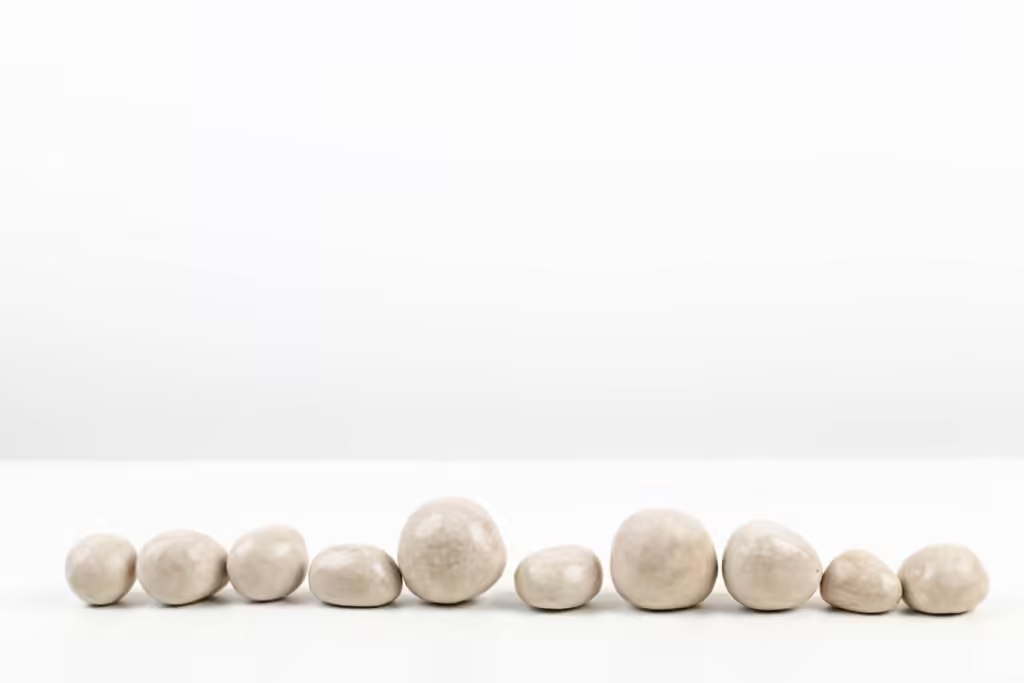Riverbeds: Forces of Flow
Anna Kędziora’s exhibition Forces of Flow delves deep into riverbeds. It reveals the unseen worlds and imageries of rivers while inviting the viewer to actively participate: building, observing, touching, and developing relationships with rivers. The exhibition—the latest iteration of the Poznań-based artist’s Riverbeds project—will be on view at the SIC! gallery in Wrocław throughout the summer.
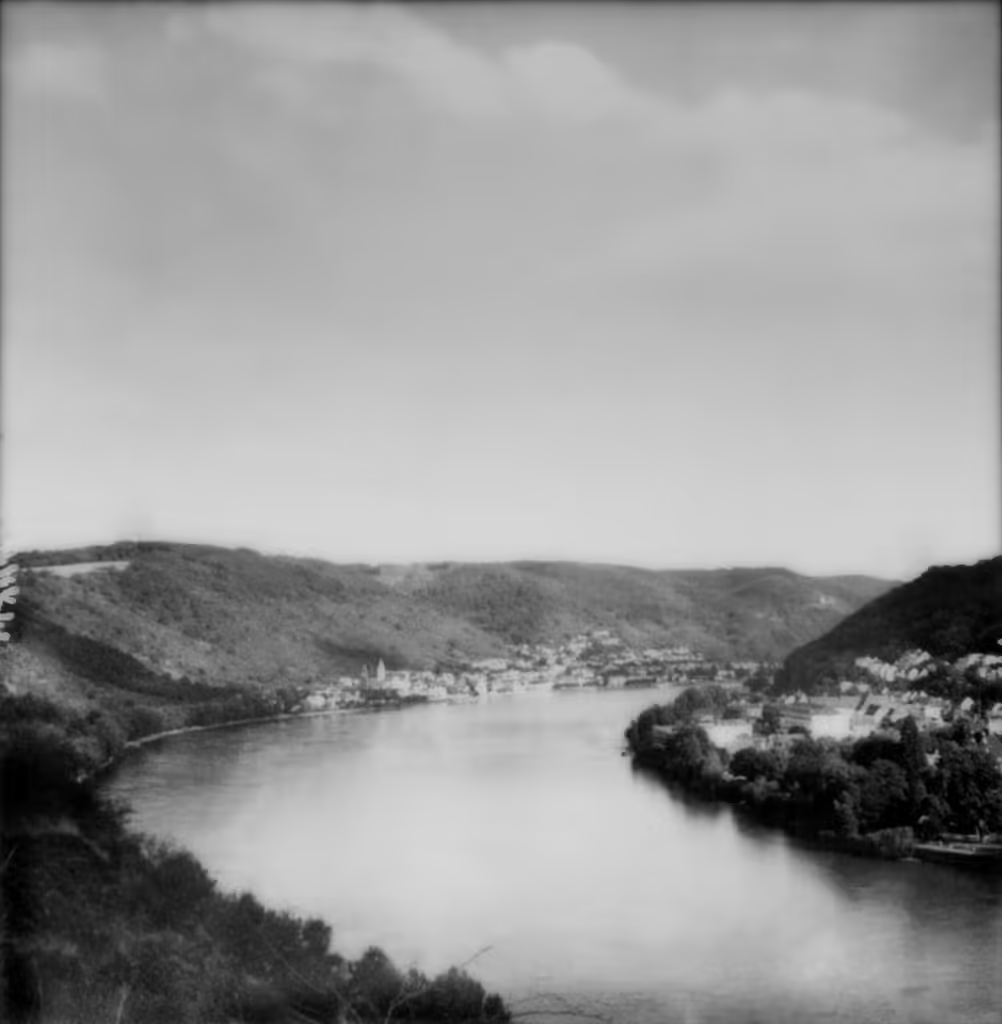
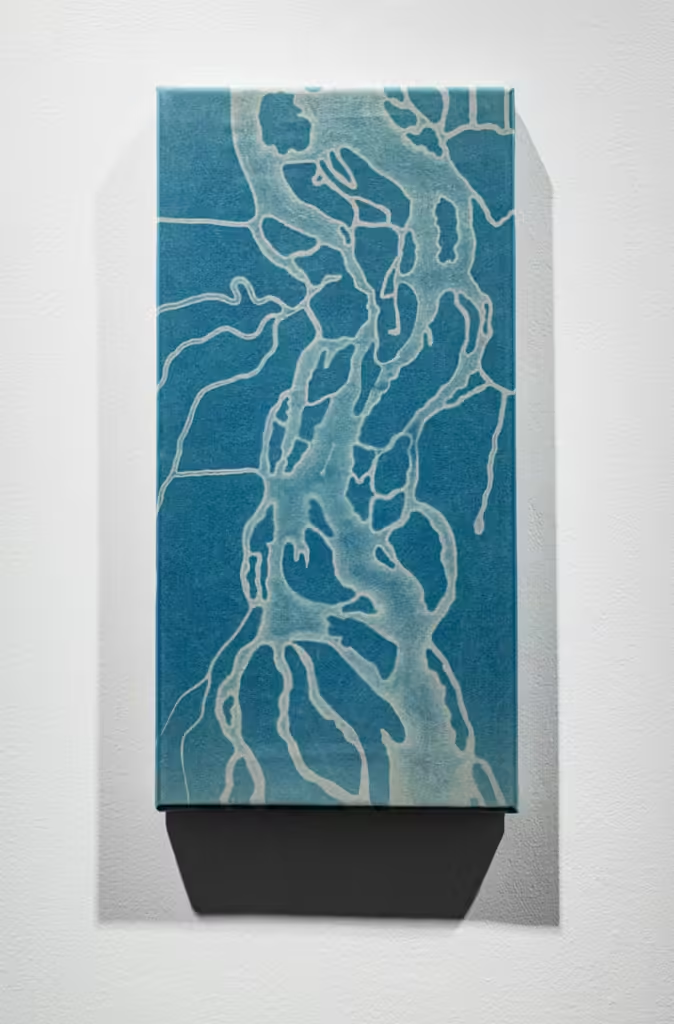
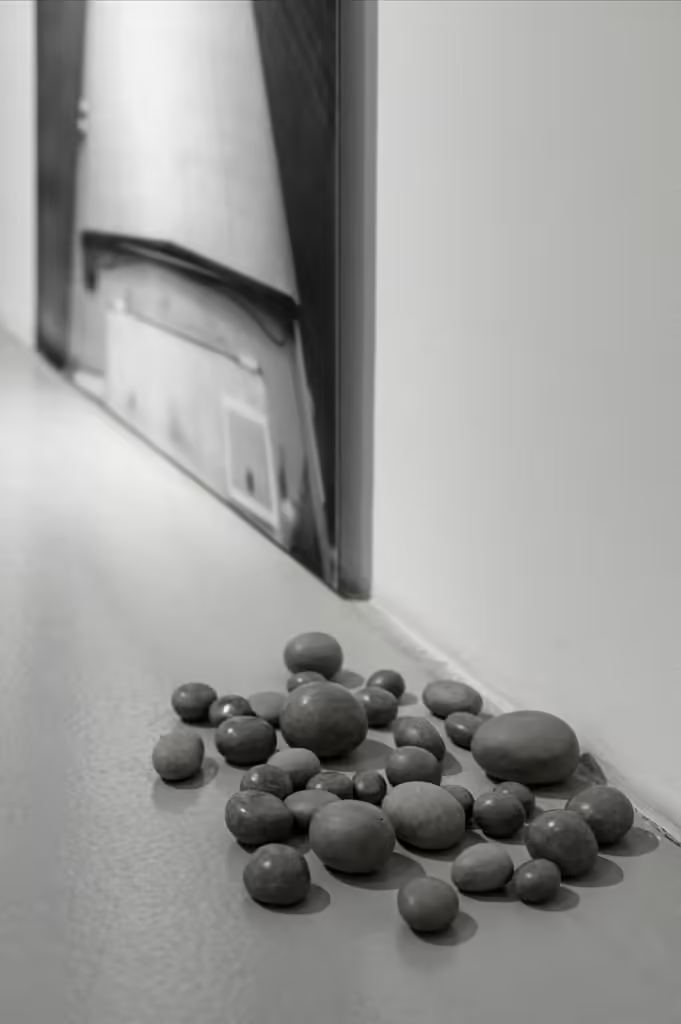
We Are Bodies of Water
This artistic metaphor, penned by cultural theorist Astrida Neimanis (Bodies of Water), leads into the curatorial text for Anna Kędziora’s exhibition written by Tuçe Erel, a Berlin-based curator, writer, and team member at Art Laboratory Berlin. The sphere of Kędziora’s creative exploration is the embodied memory of rivers. The artist combines field studies with studio work and archival research in her practice. Her primary point of departure medium-wise is photography and photographic thinking. She experiments with ceramics, video, and installation. The Forces of Flow exhibition is the next iteration of one of her most recent projects, Riverbeds, in which she examines the interrelationship between people and rivers. Originally begun in Cambodia, the scope of the project has since expanded to Poland, France, and the Middle Rhine in Germany.
The artist explores riverbeds
Anna Kędziora’s project at SIC! gallery extends beyond any specific river to encompass all of them—strongly regulated by manmade structures. The artist examines riverbeds and their environments, co-opted and colonized by humans, proposing connections based on empathic gestures. In her work for the exhibition, Kędziora primarily made use of photography and greenware clay, a term which refers to unfired clay of great fragility, which may be returned to the earth’s circulation.
An exhibition co-created with viewers
Riverbeds: Forces of Flow is an open invitation to collective endeavor: co-experiencing the creative process, making direct contact with matter, establishing bonds and tracing kinship between bodies of water. Through her work, Anna Kędziora allows us to plunge beneath the surface, shedding light on previously unseen riparian imageries. By rolling stones from clay and encouraging visitors to partake in this action, the artist reenacts the creative forces of nature. In the process, she questions the durability of products both natural and human-made.
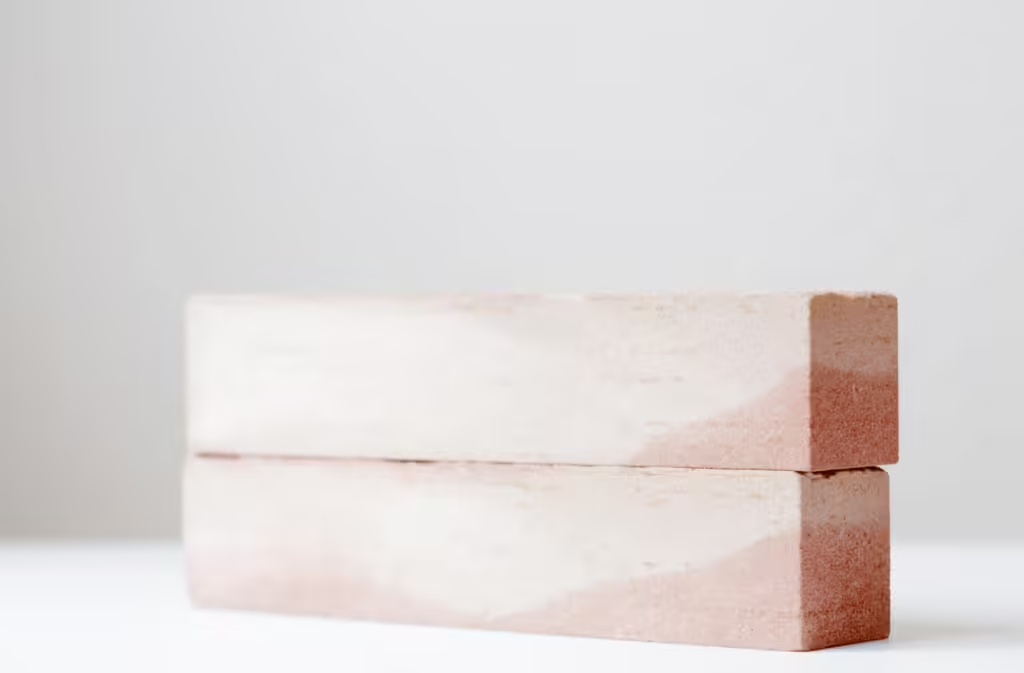
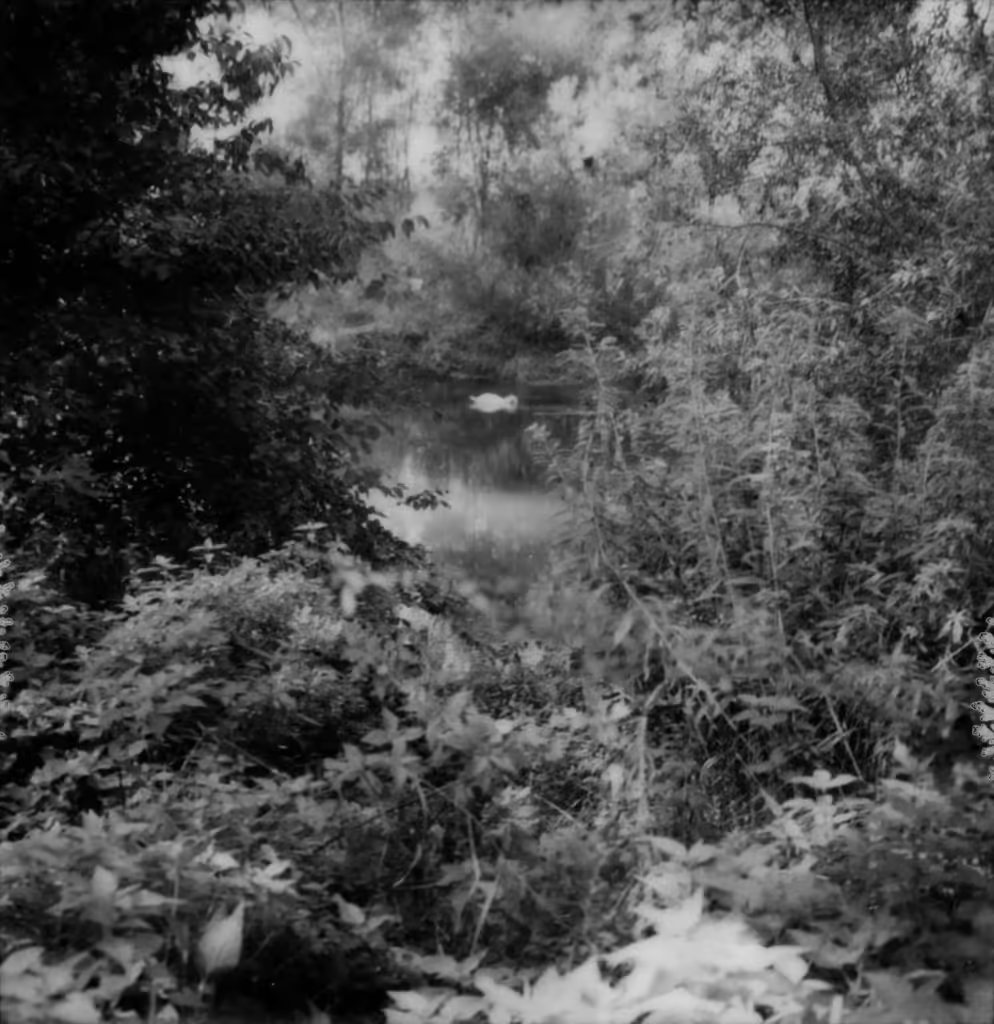
What the works are made from
The artist symbolically depicts the human-nature dichotomy through stone, glass, ceramics, and photographic material. Throughout this summer, you will be able to see an extract from a photographic series showing relics of plants from riverbanks as well as an installation composed of sandstone blocks, among other pieces, at Kościuszki Square, while having the opportunity to interact with Anna Kędziora’s work. We have additionally planned a series of accompanying events, including creating river stones with the artist, the Dzika Glina series, and guided tours.
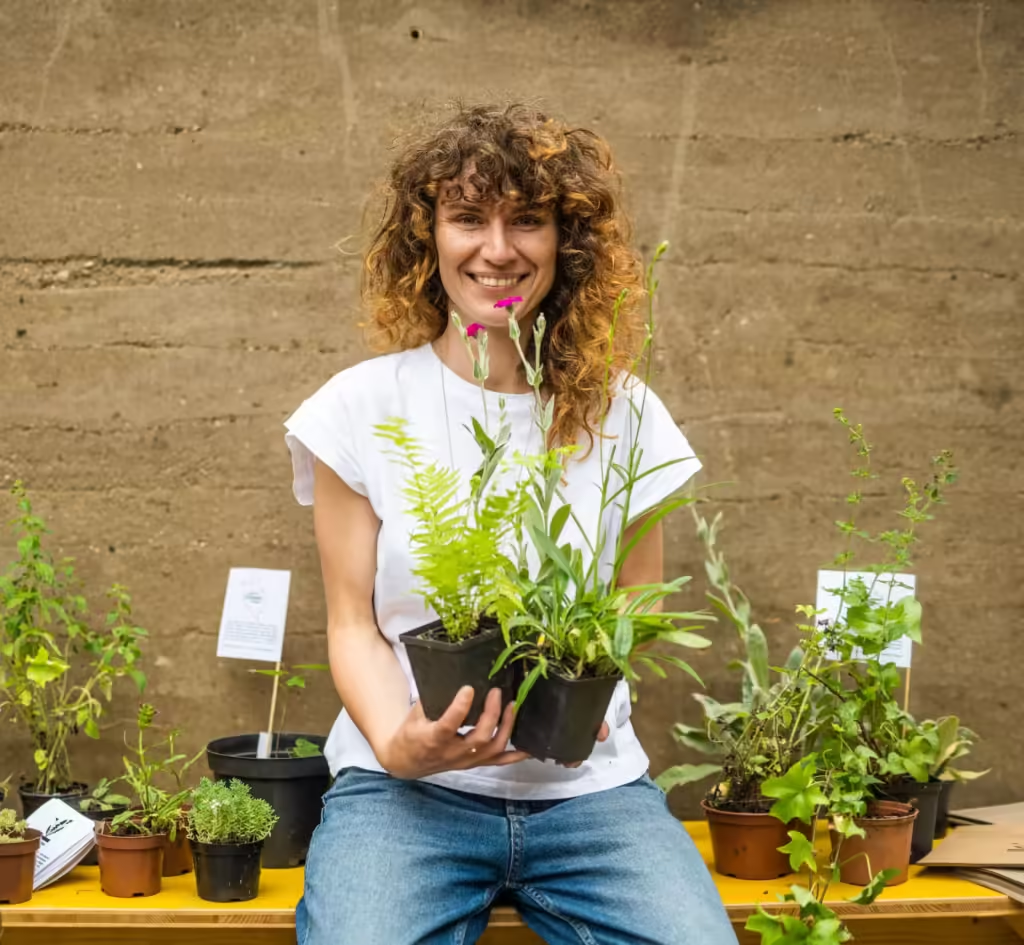
ANNA KĘDZIORA –(1982, Poland) is a visual artist. She is a graduate of the Academy of Fine Arts and Adam Mickiewicz University in Poznań with a PhD in visual arts, and is an assistant professor in the Department of Photography at the Magdalena Abakanowicz University of the Arts in Poznań. She has curated and co-curated photography exhibitions, including at the 9th Biennale of Photography in Poznań, 2015; TIFF Festival in Wrocław, 2016; European Month of Photography in Berlin, 2016; Interphoto Festival in Białystok, 2017; Photomonth in Riga, 2019; and the Chiang Mai Photo Festival in Thailand, 2020. Kędziora has participated in artistic residencies in Spain, Thailand, and France, and has presented her works in individual and group exhibitions and conferences in Poland, Germany, Austria, Spain, Greece, Wales, Sweden, Indonesia, South Korea, Slovakia, Portugal, Belarus, Lithuania, and Malta.
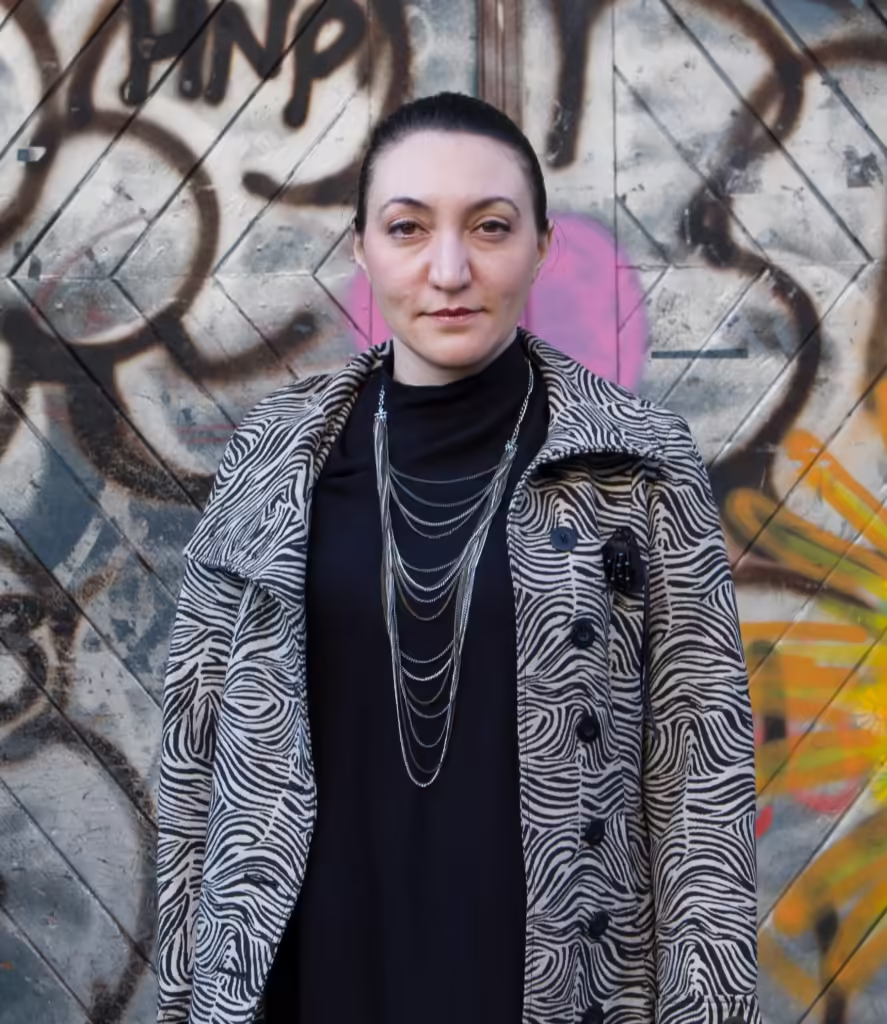
TUÇE EREL – (1981, Ankara) is a Berlin-based curator, art writer, and cultural worker. She studied Sociology at METU (2005, Ankara), received her Art Theory and Critic MA at Anatolian University (2009, Eskişehir), and her second MA in Arts Policy and Management (with curating pathway) at Birkbeck College, (2015, London). Her curatorial interests are archiving practices, ecology, Anthropocene, posthumanism, and post-digital theories. Erel uses her sociology education in her curatorial research, and she prefers to twist and challenge conventional social science methodologies. In recent years, she has explored the concept of hacking as a way to unbox the concepts of bio-politics, Anthropocene, ecological crisis, naturecultures, artistic speculation, and imagination. Since January 2017, she has been a member of >top Transdisciplinary Project Space, in which she curated and hosted events, exhibitions, and a reading group. From February 2018 to January 2020, she hosted the Posthumanism Reading Group at TOP. Since January 2020, she has been an Art Laboratory Berlin team member.
This year, SIC! gallery presents exhibitions by artists, who have previously worked in other disciplines, pursuing a creative strategy rooted in the cultivation or collection of naturally-occurring organic materials, with ceramics, clay, or glass becoming a core element of their artistic language.
- Artist: Anna Kędziora
- Curator: Tuçe Erel
- Curator of gallery program: Mika Drozdowska
- Production: Patrycja Ścisłowska
- Promotion: Żaneta Wańczyk
- Visual identification: Maciej Lizak
- Exhibition design consultation: Hubert Kielan
- Editorial oversight: Joanna Osiewicz-Lorenzutti (nadzór), Małgorzata Poździk (redakcja), Patrycja Pączek (korekta)
- Assembly: Jakub Jakubowicz, Tomasz Koczoń, Marcin Pecyna
- Audience engagement: Zofia Straczycka, Magdalena Weber
- Partners: Urząd Marszałkowski Województwa Wielkopolskiego, Uniwersytet Artystyczny im. Magdaleny Abakanowicz w Poznaniu, Kwiaty Kawy
- Media patrons: Kwartalnik Fotografia, Notes Na 6 Tygodni
- Organizer: BWA Wrocław Galerie Sztuki Współczesnej
The exhibition has the patronage of the Magdalena Abakanowicz University of Arts in Poznań.
